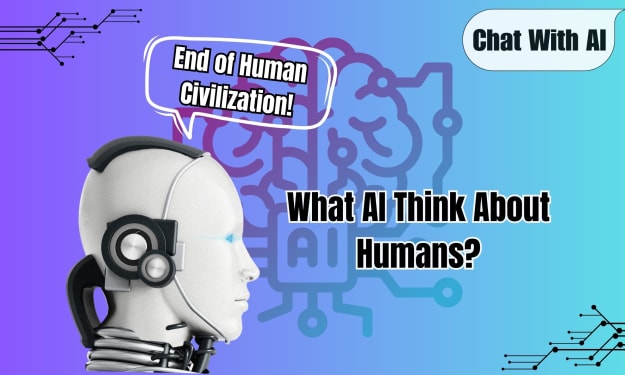Web-3.0: What It Is and How You Can Benefit From It
Move forward

Did you know that the Web we use every day is actually a bunch of different protocols? Each protocol was invented by a different company or organization, and they all have their own weird names. One of them is the World Wide Web (or “Web”), which has become synonymous with the Internet itself. The World Wide Web is one of many standards called Application Programming Interfaces (APIs). These are essentially guidelines that help programmers build software applications. The problem with APIs is that even if you’re a programmer, it can be difficult to understand what they mean and how you can use them in your own projects. What Is the Web?
What is Web 3.0?
Web 3.0 is the next generation of the World Wide Web. What does that actually mean? Web 1.0 was an internet of documents: a way for a single computer to share information with others, usually through a server. Web 2.0 was an internet of connected computers: computers could now talk to each other directly. Web 3.0 is an internet of things: computers will be able to talk to everything from cars to refrigerators. What does that actually mean? Basically, it means that you’ll be able to control different appliances and devices around your house using your phone. You’ll be able to ask your coffee machine to brew you a fresh cup while you’re on your way to work and have your car start warming up as you approach the driveway, all without touching a single button.
How Does the Web Work?
The Web is a series of interconnected computers that communicate with each other through an Internet Protocol (IP) address. When you type in a URL in your browser, it connects to a server that hosts the website via an IP address. The server will then display the site and all its information on your computer. The Web is made up of a bunch of different protocols, or sets of rules, that govern how information is transmitted between computers. These protocols include Hypertext Transfer Protocol (HTTP), Hypertext Markup Language (HTML), and Hypertext Transfer Protocol Secure (HTTPS).
Benefits of the Web
While the Web is often criticized for its lack of privacy and security, it also offers numerous benefits, including: - Accessibility: Anyone with an Internet connection can access the web, meaning it’s become a globally-available resource. - Interoperability: The Web allows users to share information and communicate with each other regardless of operating system or device. - Accessible content: The Web allows people to publish their own content and make it available to anyone with an Internet connection. - Large user base: Almost 3 billion people use the Internet, which makes it the largest network in history. - Low barrier to entry: Anyone can set up their own website, meaning the barrier to entry is very low.
What Will Web 3.0 Look Like?
All of these benefits make the Web a very powerful tool. Web 3.0 will make the Web even more powerful by bringing in more real-world objects into its fold. In Web 3.0, thousands of different devices — from refrigerators to cars — will be connected to the Web. You’ll be able to control these devices from your phone, and they’ll be able to “talk” to each other. Imagine being able to ask your coffee machine to start brewing while you’re still in bed. When you walk out of the house, your car will be waiting for you in the driveway and have the heater turned on so you don’t catch a cold in the fall weather.
Can You See Web 3.0 Already?
While the concept of Web 3.0 is still very much in its infancy, there are a few key technologies that are laying the foundation for a future Web. These include: - Virtual Assistants: Virtual assistants like Siri and Alexa are intelligent assistants that are able to interact with the user in natural language. - Augmented Reality: AR involves the overlay of digital information onto the real world, like Pokémon Go. - Blockchain: Blockchain is a decentralized system for storing data that’s proven very useful for cryptocurrencies like Bitcoin and Ethereum.
Conclusion:
The Web is the most important invention of the 20th century. With it, people have built businesses and created a global community where everyone can share information. Web 3.0 will take that a step further and allow people to share not just information but real-world objects. This will create a more connected, collaborative, and open world that’s poised to transform every industry in ways we can’t even imagine yet. That doesn’t mean that the challenges of the current Web aren’t real. Privacy and security are increasingly important issues, and they’re challenges that will only grow as the Web grows bigger. But Web 3.0 is coming, and when it does, it’s going to change the world.
About the Creator
PP
Psychology, Horror, fiction, education, poet, and about many crazy topics; I love to create content.
Enjoyed the story? Support the Creator.
Subscribe for free to receive all their stories in your feed. You could also pledge your support or give them a one-off tip, letting them know you appreciate their work.






Comments
PP is not accepting comments at the moment
Want to show your support? Send them a one-off tip.